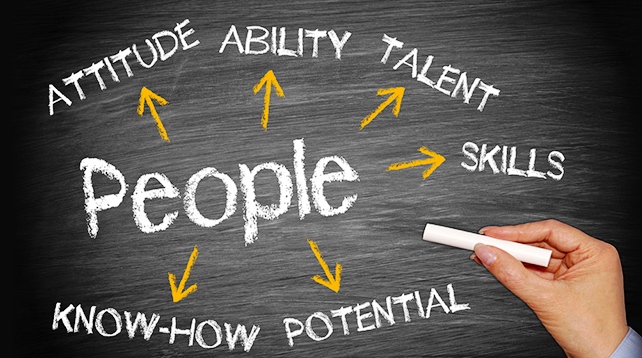
It is quite common that a few key roles have a particularly strong impact on the overall company success. In the past, it was quite difficult to understand who were those high performers, and much of the effort in recruiting and retaining was assigned to the HR department without the support of insightful analytics.
Today many companies have learnt that sophisticated Big Data Analytics, predictive talent models and organizational network analyses (ONA), can be very useful in identify the best employees, develop key indicators and gain greater insight into the actual company Human Resources performance.
A success case is the one presented by Henri de Romrée, Bruce Fecheyr-Lippens, and Bill Schaninger from McKinsey in People analytics reveals three things HR may be getting wrong: an Asian Bank, which employed more than 8,000 people across 30 branches, in the course of a major organizational restructuring, turned to data analytics to identify high-potential employees, map new roles, gain greater insight into key indicators of performance.
30 data points aligned with 5 categories—demographics, branch information, performance, professional history, tenure—were collected for employees: then Big Data Analytics identified commonalities among high (and low) performers. This information, in turn, helped create profiles for employees with a higher likelihood of succeeding in particular roles.
Further machine learning–based analysis revealed that branch and team structures were highly predictive of financial outcomes, and that a few key roles had a particularly strong impact on the bank’s overall success. As a result, executives built new organizational structures around key teams and talent groups. The results of the overall process was: a 26 percent increase in branch productivity (measured by the number of full-time employees needed to support revenue) and a rate of conversion of new recruits 80 percent higher than before the changes were put in place.
An example of Organizational Intelligence to identify high performers and how each team works
With the ORGANIZATIONAL INTELLIGENCE of HOW-4 it is possible today to diagnose the entire organization or business unit, to reveal hidden insights and knowledge existing within the interactions between employees, managers, and the organization.
Human networks metrics have the advantage of presenting in detail the full figure of relationships and actual collaboration streams in the organization, i.e. the way each team works. Also it is possible to extrapolate the influence and effects leaders have over their surroundings, assessing how work is getting done under their leadership, the culture of a department or a team, and what needs to be done to drive teamwork and performance up.
By periodically monitoring the organization with HOW-4, the executive leadership can see if the programs had the desired effect on the collaboration and communication in their organization. Good communication and coordination – between people, teams, branches, and managers – are what will increase efficiency through innovation and problem solving.
Fabio Fedel,
Managing Partner HOW-4

